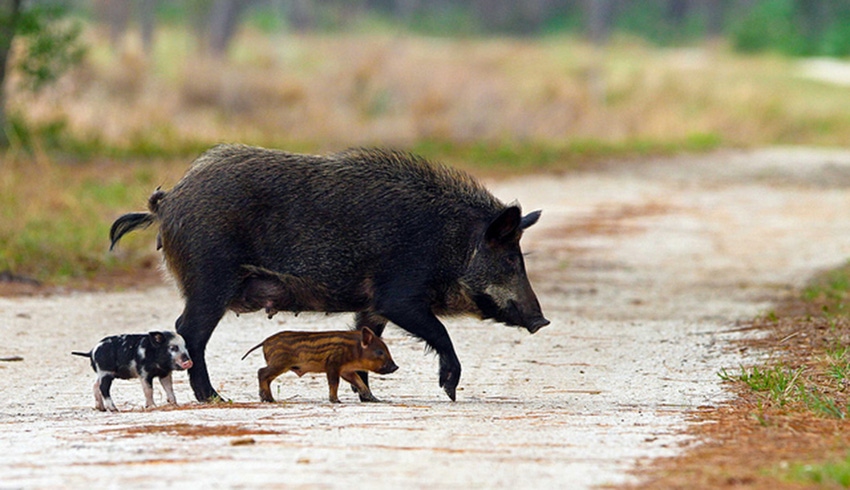USDA seeks farmer feedback in Feral Swine Survey
NASS conducted the first Feral Swine Survey in 2015 and used the data to estimate damages to U.S. agriculture caused by feral swine.
July 25, 2022

USDA's National Agricultural Statistics Service, in coordination with the National Feral Swine Damage Management Program, is conducting a Feral Swine Survey. The data collected will be used to:
Estimate the costs of feral swine damage to agricultural commodities.
Better understand the impacts of this invasive species on U.S. agriculture.
Help stakeholders make informed feral swine management decisions and more effectively allocate resources to reduce damage.
NASS mailed questionnaires to more than 11,000 producers growing corn, soybeans, wheat, rice, peanuts and sorghum in Alabama, Arkansas, California, Florida, Georgia, Louisiana, Mississippi, Missouri, North Carolina, South Carolina and Texas during the last week of June 2022. Responses need to be turned in by Aug. 12.
NASS conducted the first Feral Swine Survey in 2015 and used the data to estimate damages to U.S. agriculture caused by feral swine, characterize the types of damages caused by feral swine, and determine associated costs.
The 2022 survey will focus on the same states and crops as the 2015 survey and the data will be used to update damage estimates and obtain a more comprehensive understanding of the full range of costs incurred by crop producers.
Information provided by producers will be used for statistical purposes only. In accordance with Federal law, responses will be kept confidential and not disclosed in identifiable form.
Participants can respond online using the new and convenient Respondent Portal or complete the questionnaire and return it by mail.
Source: USDA APHIS, which is solely responsible for the information provided, and wholly owns the information. Informa Business Media and all its subsidiaries are not responsible for any of the content contained in this information asset.
About the Author(s)
You May Also Like



